Mireya Solís explains that economic preeminence will be built through connecting with the world in offering healing, spurring growth, and building domestic resilience. The true measure of international leadership in the post-pandemic world is to avoid closure. This piece was originally published in Japanese as an op-ed by Nikkei in its Economics Classroom column.
At a time when borders and minds are shuttering, it is hard to make the case for openness to project leadership in Asia, the world’s most dynamic region, epicenter to the U.S.-China rivalry, and reeling from two years of pandemic distress with no end yet in sight. But a leader of one is no leader at all. Indo-Pacific powers will shape the regional economic order in their desired direction only to the extent that they remain vibrant network economies generating growth opportunities for themselves and others, guardians of a rules-based order that brings assurance to a fragile world economy, and are capable of harnessing openness to boost their competitiveness in the midst of a technological revolution while building resilience to external shocks. Even though narrow self-interest beckons, enlightened leadership to supply public goods to overcome the global health crisis is the winning card. These factors will weigh heavily in the ongoing race for economic preeminence and the outcome is not yet decided.
The tectonic plates of the Asian economic architecture are shifting. The animating force is connectivity. The largest trade agreement in the world, the Regional Comprehensive Economic Partnership (RCEP), comprising 15 nations (but not India) will lower tariffs for member economies that represent one third of the world’s GDP. The defining trait of this mega trade agreement is a recommitment to supply chain trade with lenient rules of origin that allow the cumulation of value across all members to qualify for tariff preferences. Intra-Asian trade and further coupling with the Chinese economy are in store.
The Comprehensive and Progressive Trans-Pacific Partnership (CPTPP) is entering a critical new stage of enlargement. The bar to admission is high, requiring across-the-board tariff elimination, compliance with disciplines on frontier issues for trade and investment integration, and unanimous support from all existing members that have ratified the agreement. These hurdles notwithstanding, the queue of applicants is growing, from the United Kingdom, to China, Taiwan, and likely South Korea. Sectoral trade agreements are also on the move. The digital shift in our economies and societies, spurred on by technological change and pandemic adjustment, has attached a premium to the negotiation of digital trade agreements that can sustain open data flows while protecting personal information. The Digital Economy Partnership Agreement initiated by Singapore, Chile, and New Zealand in 2020 is gaining traction with South Korea and China working toward admission.
And yet, the United States is not party to any of these regional, trans-regional, or digital trade agreements. Instead, the Biden administration has promised an Indo-Pacific economic framework to be released sometime in 2022 that will cover trade facilitation, supply chain resilience, cooperation on digital economy, decarbonization, infrastructure, and labor standards. As such, the economic pillar of President Joe Biden’s Asia policy will miss the core of economic integration: market access. No return to CPTPP is envisioned, no new trade agreement is on the horizon, and even pursuing a digital deal has stalled. There is the real risk that the Biden administration will not offer the region what it wants most: deeper and binding trade liberalization that can withstand the vagaries of U.S. domestic politics and boost the post-pandemic recovery. A loose collection of economic dialogues will fall short of recouping U.S. leadership in the region.
China’s economic diplomacy has been the mirror-opposite, with Beijing seeking inclusion in major trade agreements to shape the future of economic governance from within. But China is no paragon of openness, practicing only selective globalization and undermining the rules-based order with acts of economic coercion. Beijing is pursuing self-reliance on advanced manufacturing with heavy subsidization and regulatory advantages to state-owned enterprises and is doubling down on its digital protectionism. The gap to close in meeting CPTPP admission requirements is growing, not shrinking. China’s signature connectivity strategy, the Belt and Road Initiative, has elevated the country’s diplomatic stature, but the dogged pursuit of self-interest — with onerous loan terms — dims Chinese leadership. Denying access to the Chinese market to dole out political punishment is a tool the Chinese leadership wields with greater frequency. Coercive statecraft delivers immediate gains for Beijing, but has long-term negative consequences by encouraging others to diversify away, to freeze landmark economic initiatives (the investment agreement with the European Union, for example), and to redraw the lines of security cooperation as witnessed in the AUKUS nuclear-powered submarine agreement launched by Australia, the U.K., and the United States.
In this world of hard-edged interdependence, Japan has a unique opportunity to be a trendsetter in reconciling economic connectivity and economic security. Tokyo has a strong track record of advancing regional integration through trade agreements, infrastructure investment, and digital rules. But an international system rife with state rivalry and economic dislocations has put a premium on protecting critical technology and infrastructure, strengthening supply chains, and ameliorating the semiconductor shortage. Japan is perhaps the first country to appoint a cabinet level official with an economic security portfolio and the government is drafting a comprehensive bill on economic security measures. The opportunity is to draw the right balance between promoting interdependence and hedging against its risks; the danger is to over-correct with zealous security restrictions that discourage innovation and deflate the engines of trade and investment.
Openness is critical to Japan’s next reinvention: digital transformation. The bid for economic preeminence will depend on a nation’s acumen in drawing in talent with top-notch digital skills. Closed borders defeat this purpose, as depicted in figure below highlighting China, Japan, and the United States’ performance in the International Institute for Management Development’s World Digital Competitiveness Ranking. The United States still leads the way in its ability to attract foreign students and highly skilled professionals, while China is no match in the internationalization of human capital. But Japan is further behind in some important areas. It ranks last and third from last of 64 economies on the international experience of senior managers and the availability of personnel with digital skills, respectively. A U.S.-Japan comparison reveals a large gap in the net flow of international students and the ability to capitalize on foreign skilled workers. The goals of internationalizing Japanese universities and increasing the number of foreign workers took a big hit with the onset of COVID-19. Two years on, the Japanese government adopted some of the most restrictive border measures to deal with the omicron variant, postponing yet again the issuance of new student and work visas. Prolonged entry restrictions could become the most insidious factor in the feared digital defeat of Japan.

The pandemic continues to teach us the hardest, and yet most obvious, lesson: only global solutions will work. As long as vast numbers of people in the developing world remain unvaccinated, new variants will continue to circulate preventing everyone’s recovery. The equitable distribution of 11 billion COVID-19 vaccine doses that the World Health Organization deems necessary to overcome the pandemic remains an elusive goal. While China boasts of the largest vaccine shipments to the world, this is no case of largesse, as the vast majority of doses are sold (1.59 billion) and only a fraction are donated (126 million). The United States and Japan need to step up their vaccine diplomacy, with only 318 million and 30 million doses donated, respectively, as of the end of 2021.
The path of least resistance is to emerge from the pandemic withdrawn behind borders, and therefore diminished. It is through connecting with the world — in offering healing, spurring growth, and building domestic resilience — that economic preeminence will be built. The true measure of international leadership in the post-pandemic world is to avoid closure.
The Brookings Institution is committed to quality, independence, and impact.
We are supported by a diverse array of funders. In line with our values and policies, each Brookings publication represents the sole views of its author(s).

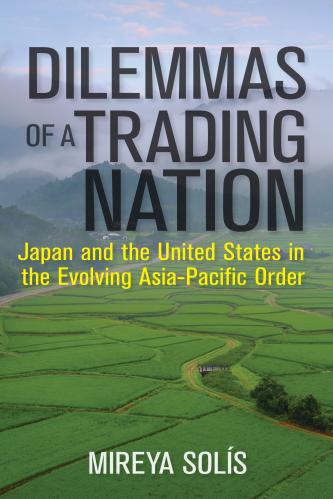
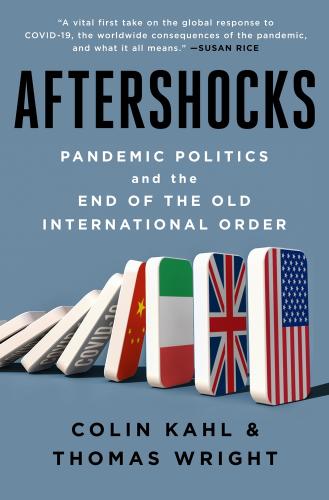
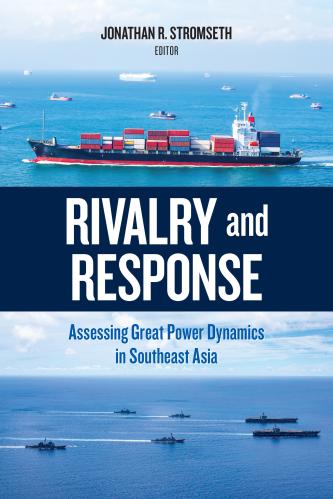

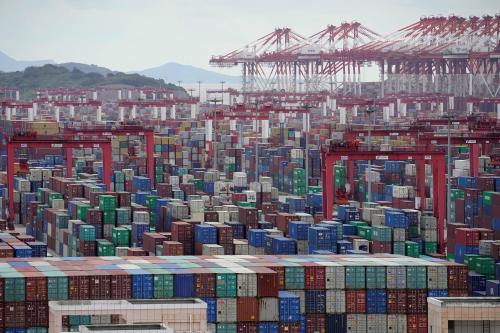
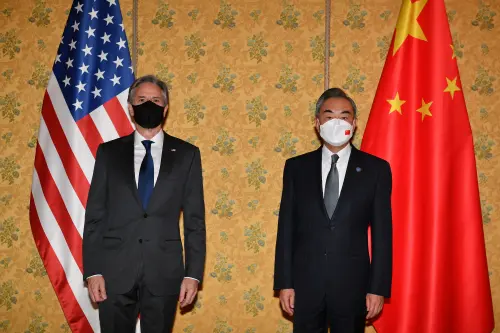




Commentary
In vying for economic preeminence in Asia, openness is essential
January 14, 2022